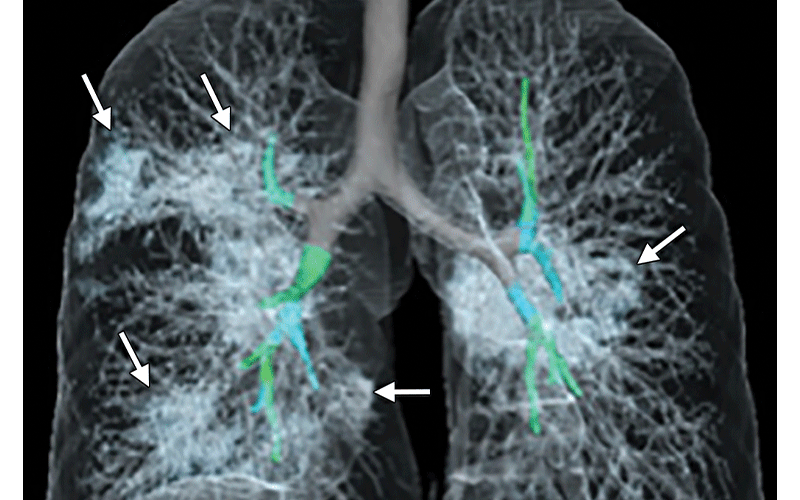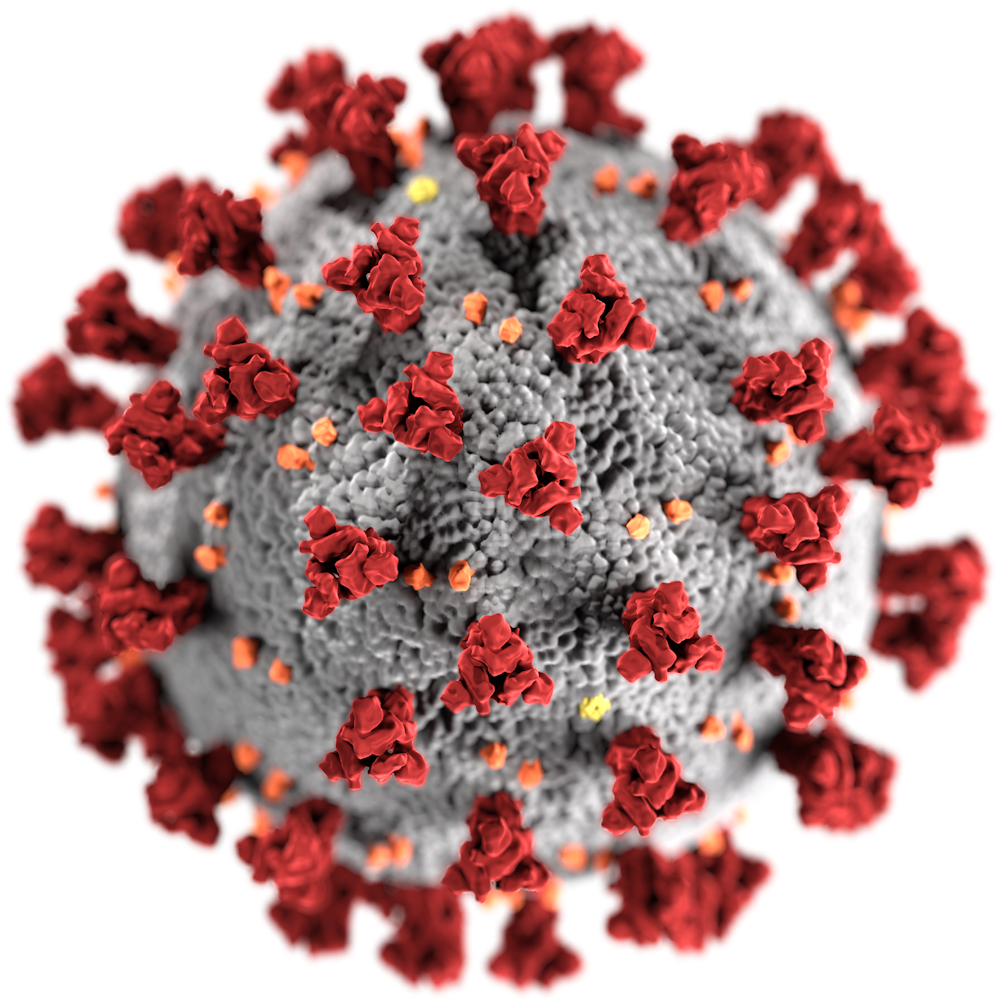Does Wearing a Mask Protect You from the Flu and Other Viruses?
According to the Centers for Disease Control and Prevention (CDC)Trusted Source, vaccine availability was limited that year because the virus wasn’t identified until manufacturers had already started producing the annual vaccine.
So, people started doing something most of us hadn’t really seen before to stop transmission: wearing surgical face masks.
But with the recent spread of the novel coronavirus SARS-CoV-2, people are again looking to surgical face masks as a way of protecting themselves and others from the virus, which causes the disease COVID-19.
But does wearing a face mask really prevent the spread of viruses, such as the flu or SARS-CoV-2?
We’ll look at recommendations from experts, unpack the research on which masks are most effective, and explain how to use masks properly.










